Potty Training a Puppy Tips for Families
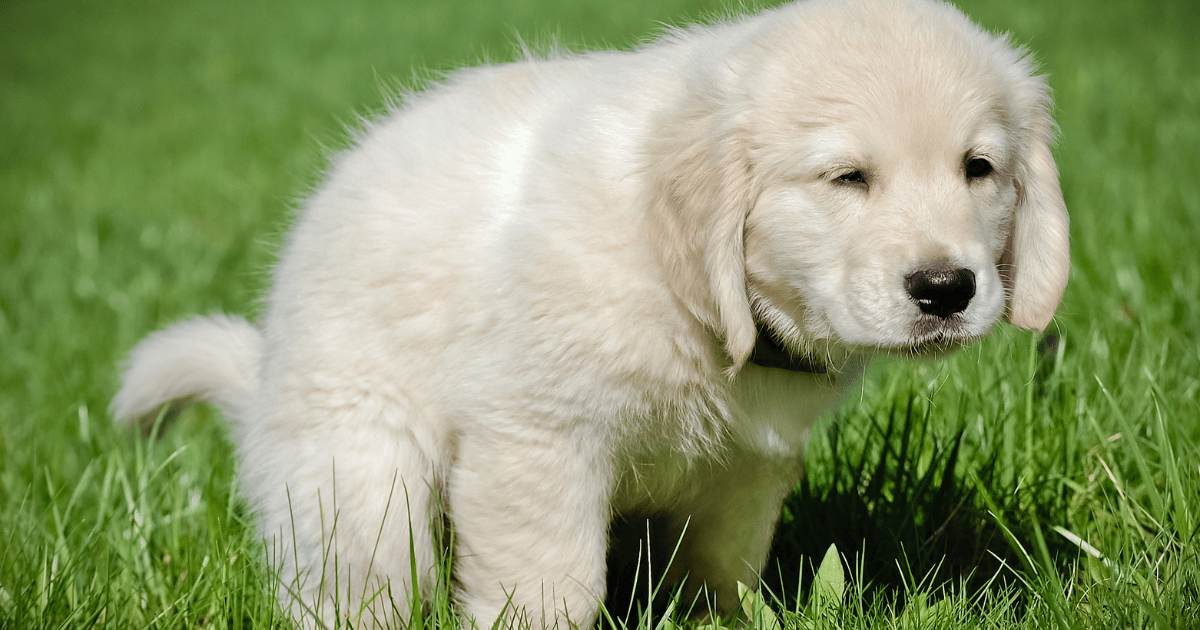
Bringing a new puppy into your family is an exciting time filled with joy, love, and the promise of years of companionship. But with all that excitement comes a few challenges—one of the biggest being potty training. It’s a common hurdle that every dog owner must face, and for families with kids, busy schedules, and a bustling household, it can feel even more overwhelming.
The good news? Potty training your puppy doesn’t have to be a stressful or messy process. With the right guidance and a little patience, you can teach your furry friend the ropes while keeping your home clean and your family happy.
In this article, we’ll walk you through potty training a puppy tips that are specifically tailored for families. We’ll explore practical strategies to establish routines, manage your busy schedule, and get the entire family involved—all while keeping your home spotless. So, let’s dive in and make potty training fun, easy, and successful for everyone!
Potty Training a Puppy Tips for Families: The First Steps to Establishing a Routine
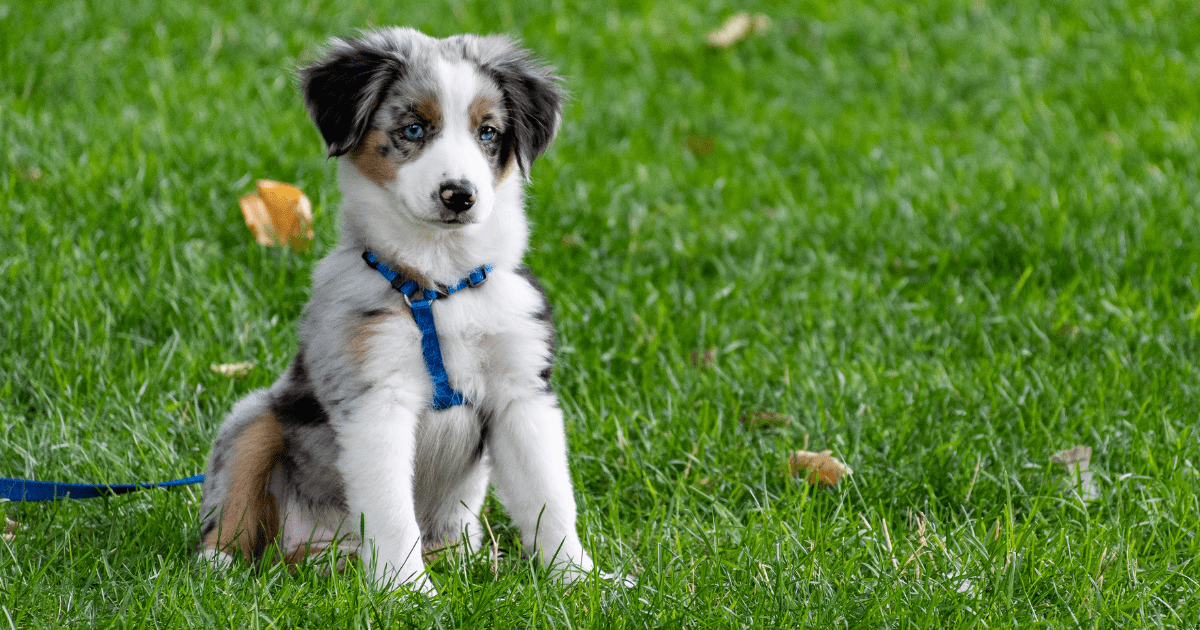
When it comes to potty training, consistency is key. Without a solid routine, your puppy may struggle to understand when and where it’s appropriate to go. One of the most important potty training a puppy tips is to establish a consistent schedule right from the start. This helps set expectations for your puppy, and the more predictable the routine, the faster they’ll learn.
Create a Potty Schedule
The first step in establishing a routine is setting up a potty schedule. Puppies, especially those under six months, have small bladders and need to go outside frequently. Generally, you should plan to take your puppy out every 2-3 hours during the day, as well as after meals, playtime, and naps.
To create a schedule, try these potty training a puppy tips:
- Morning Routine: Take your puppy outside first thing in the morning, even before you have your coffee! Puppies can hold their bladder overnight but are eager to relieve themselves first thing when they wake up.
- After Meals: Puppies usually need to go potty shortly after eating, so make sure to schedule a potty break after each meal.
- Pre-Bedtime Break: Ensure you take your puppy outside one last time before bedtime to avoid accidents overnight.
Use a Consistent Command
When it’s time to potty, use a consistent verbal cue like “Go potty” or “Do your business.” This helps your puppy learn to associate the command with the action. Over time, they’ll start to understand what you mean and will be more likely to go on command.
Designate a Potty Spot
Choosing a specific spot outside for your puppy to relieve themselves is also essential. This makes it easier for your puppy to connect the spot with the action and will help them learn more quickly. Over time, they’ll start to associate that spot with potty time.
How to Manage Multiple Schedules: Potty Training a Puppy Tips for Busy Families
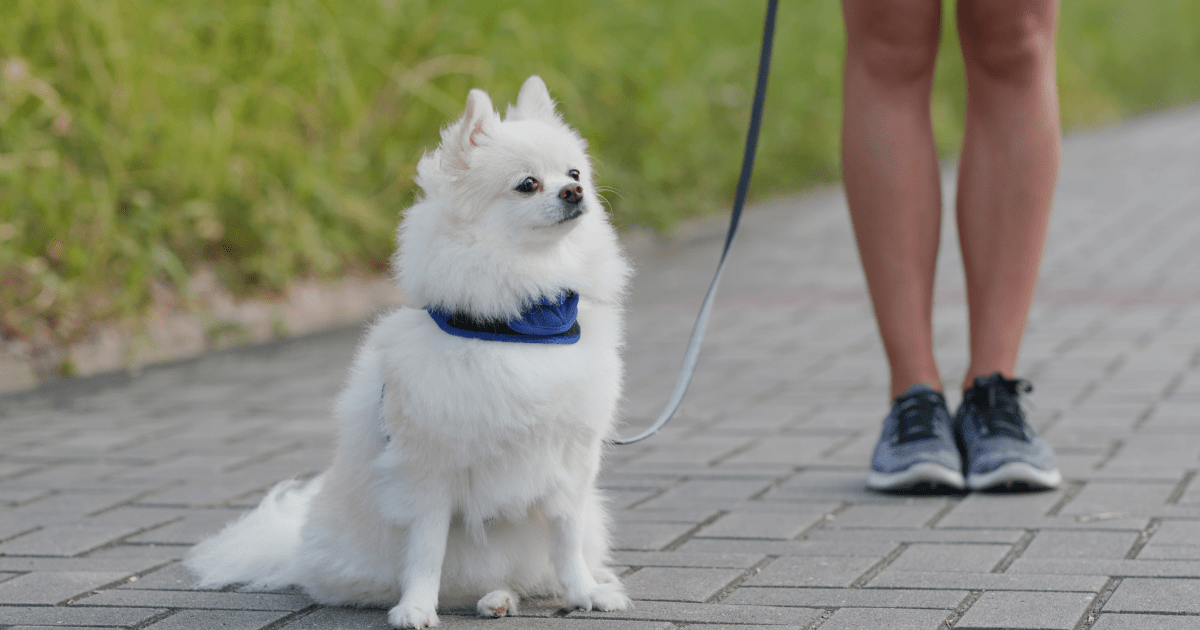
If your family has a lot going on—work, school, extracurricular activities—maintaining a consistent potty training routine can be challenging. However, with a little teamwork and planning, you can make it work!
Here are some potty training a puppy tips for families with busy schedules:
Involve Everyone in the Process
One of the biggest challenges for families is ensuring everyone is on the same page. Potty training a puppy requires coordination, so involve everyone in the process. Assign specific potty times for each family member based on their availability. For instance, the early riser in the house can take the puppy out first thing in the morning, while someone else handles the afternoon and evening breaks.
Use a Puppy Potty Log
To help keep everyone organized, create a puppy potty log. This simple chart can track your puppy’s potty schedule, including when and where they went. This ensures no one forgets a potty break and helps avoid accidents inside the house. It’s especially useful for large families or if you have a rotating schedule.
Utilize Technology
If your family is really pressed for time, consider using a dog-walking service or a pet-sitting app like Rover or Wag. These services can send someone over to take your puppy out when you’re unavailable. While this may be an added cost, it can be a great option if you need extra help, especially during the early potty training phase when your puppy needs frequent breaks.
Stay Consistent Despite Busy Days
Even on the busiest days, try to stick to the potty schedule as closely as possible. If you’re unable to take the puppy out yourself, ask a family member, neighbor, or even a trusted friend to help. Your puppy will rely on you to establish and maintain a routine, so it’s essential not to let lapses in their schedule disrupt their training.
Teach the Whole Family: Potty Training a Puppy Tips for Everyone to Follow
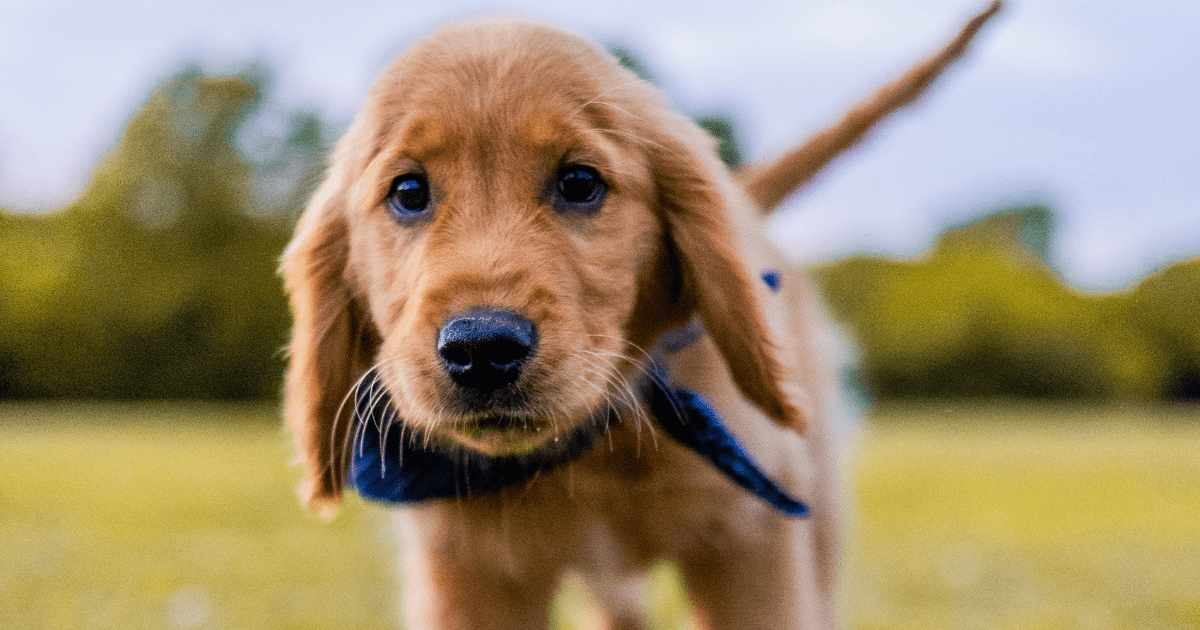
Potty training a puppy isn’t just the responsibility of one person in the family—it’s a team effort! For consistent results, everyone in the household needs to follow the same rules, use the same commands, and be aware of the potty training schedule.
Here’s how to ensure everyone in your family is on the same page:
Use the Same Potty Commands
As mentioned earlier, consistency is vital when potty training a puppy. Make sure every family member uses the same verbal cues for potty time. If one person uses “Go potty” and another uses “Do your business,” your puppy may become confused. Stick to one command and encourage everyone to follow suit.
Set Expectations for Children
If you have young children, it’s important to teach them how to interact with the puppy during potty training. Show them how to calmly escort the puppy outside without distractions. Teach them to give the puppy some space when it’s time to potty, and emphasize that it’s their responsibility to make sure the puppy goes outside regularly.
Stay Positive and Patient
Encourage positive reinforcement across the whole family. Everyone should praise the puppy for going potty outside and avoid scolding for accidents. Potty training can be a frustrating process, especially with little ones, so having patience and supporting each other through the journey is essential for success.
Crate Training vs. Open Space: Potty Training a Puppy Tips for Family Homes
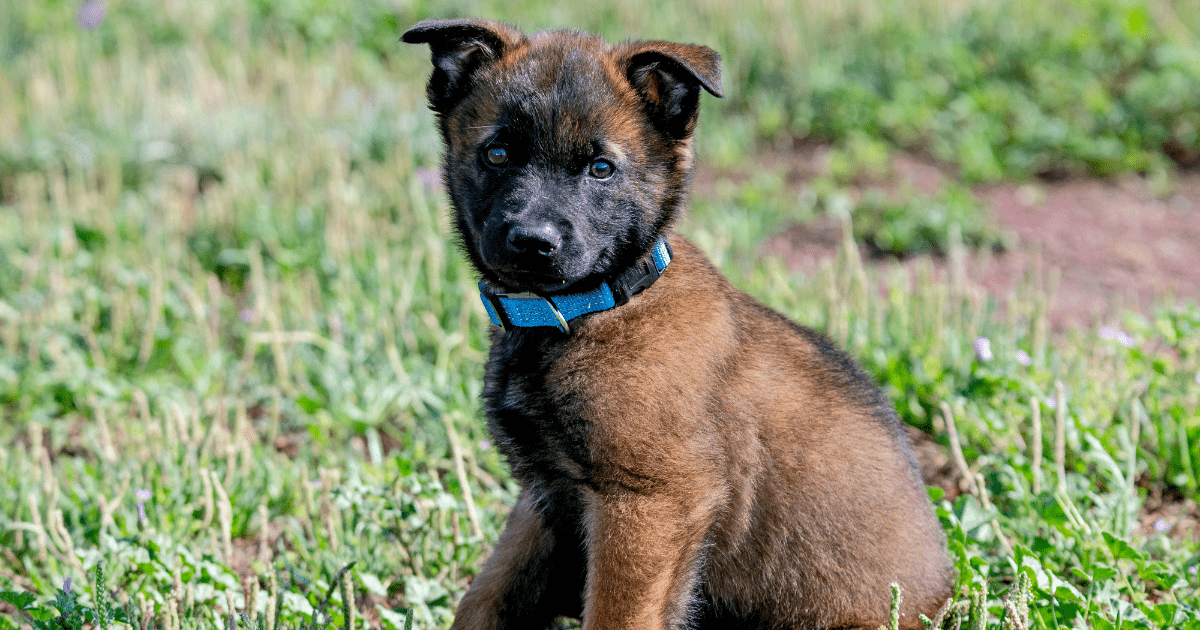
Crate training is one of the most effective methods for potty training a puppy, but it’s not the only option. For families with limited space or those who prefer to give their puppy more freedom, open space training can also work. Here’s a breakdown of both approaches and potty training a puppy tips for each:
Crate Training: A Great Option for Families
Crate training works by using a crate to confine your puppy when you’re not around to supervise. Dogs naturally avoid soiling their sleeping area, so a crate encourages them to hold their bladder until they can go outside. When done correctly, crate training is one of the most reliable potty training methods.
Open Space Training: Perfect for Larger Homes
If you have a larger home or want to give your puppy more freedom, open space training may be a good fit. This involves using gates or designated areas to limit your puppy’s access to certain rooms while they learn to potty outside. While this method requires more supervision, it can work well if you’re at home often and can monitor your puppy closely.
Cleaning Made Easy: Best Practices for Potty Training a Puppy and Keeping Your House Spotless
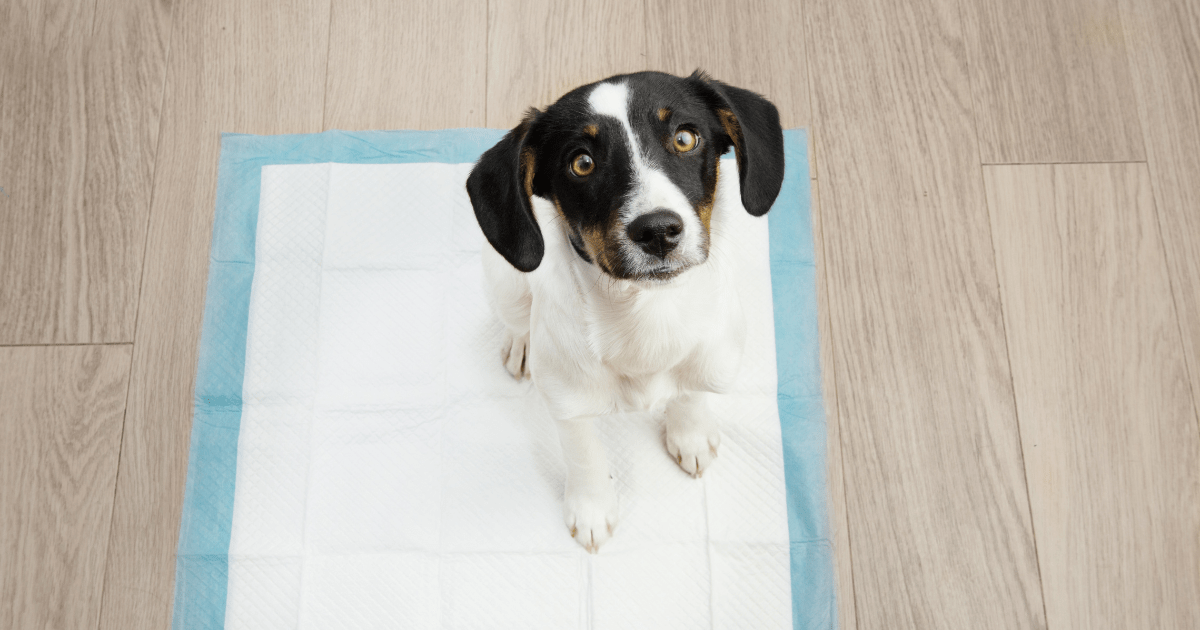
Even with the best potty training routine, accidents will happen. The key is to handle them quickly and effectively to avoid lingering smells and stains. Here are some potty training a puppy tips to help you keep your home clean and fresh:
Immediate Clean-Up
If your puppy has an accident indoors, clean it up immediately. The longer you wait, the more likely the scent will linger, making it harder to remove. Use an enzymatic cleaner designed specifically for pet accidents—this will neutralize the odor and prevent your puppy from returning to the same spot.
Create an “Accident-Free” Zone
Designate certain areas of your home as “accident-free zones” until your puppy is fully potty trained. You can use puppy pads or washable rugs in these areas to make clean-up easier and avoid too much mess.
Regular Deep Cleaning
As your puppy grows and learns, make sure to regularly clean areas where they spend a lot of time. Regular vacuuming, steam cleaning, and disinfecting will keep your home free from pet odors and bacteria.
Conclusion
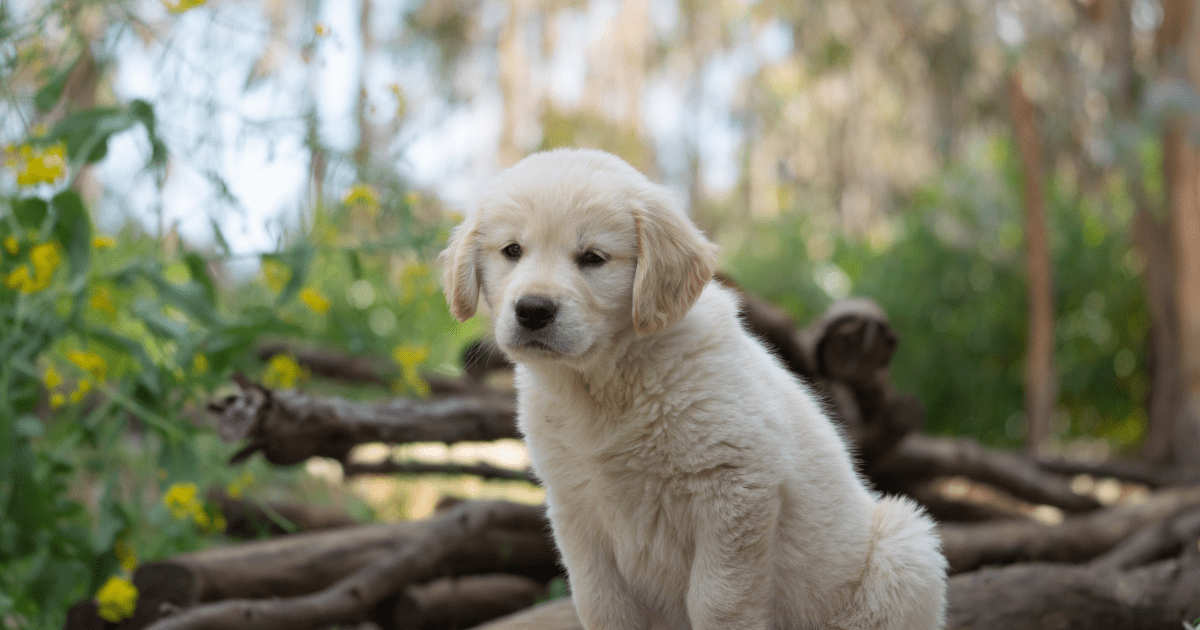
Potty training a puppy may take time, patience, and consistency, but with the right approach and a little effort, you can have a well-trained puppy and a clean home. By following these potty training a puppy tips tailored for families, you’ll create a routine that works for everyone while ensuring that your puppy stays happy, healthy, and accident-free.
Remember to stay consistent, be patient with the process, and involve your whole family in the training journey. With time, your puppy will learn the ropes, and your home will remain clean and odor-free!
For more information and expert tips on raising a happy, well-trained puppy, visit The Paw’s Hub.